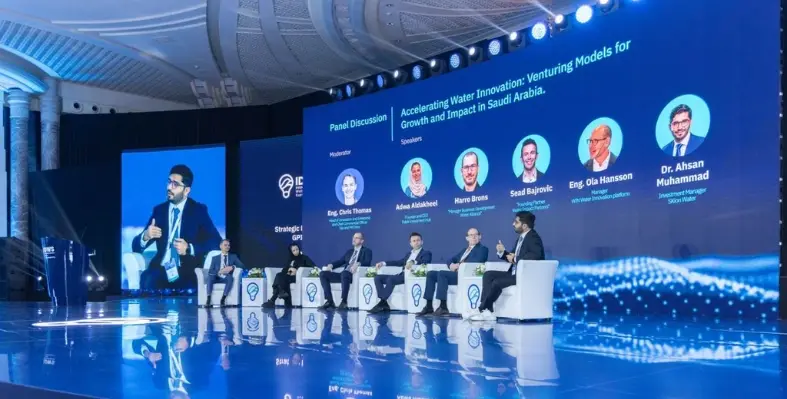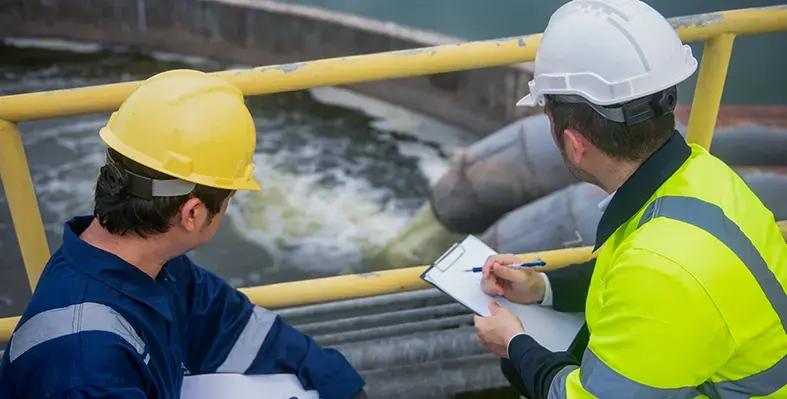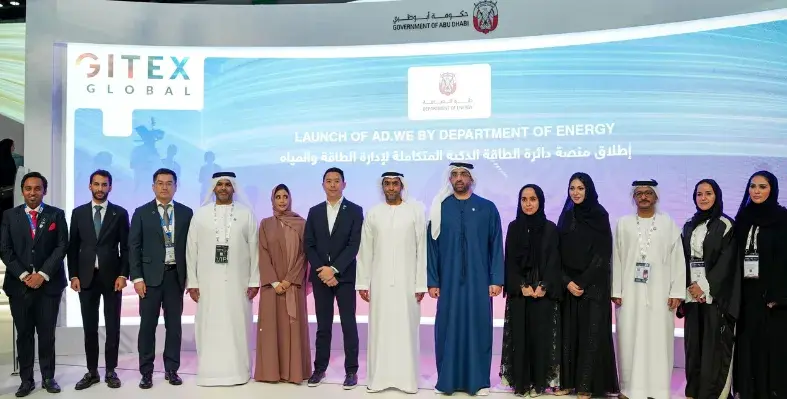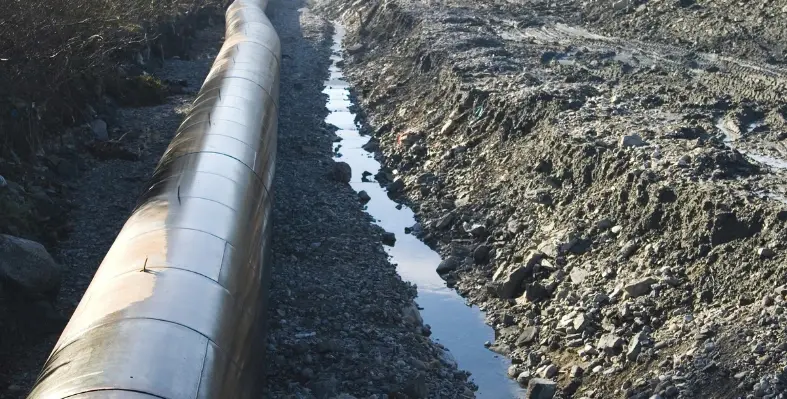With more than two billion people lacking safe drinking water and demand projected to exceed supply by 40% by 2030, Saudi Arabia will host one of the world’s leading events dedicated to water innovation and sustainability.
The Innovation Driven Water Sustainability Conference (IDWS 2025) will be held from 8-10 December 2025 at The Ritz-Carlton, Jeddah, under the patronage of HRH Prince Khalid Al-Faisal bin Abdulaziz Al-Saud and organised by the Saudi Water Authority (SWA).
The conference will bring together international leaders, policymakers, and innovators to address urgent water challenges and accelerate progress toward a secure water future.
A key feature of the event is the Global Prize for Innovation in Water (GPIW), the region’s largest water innovation award, which supports breakthrough technologies by connecting innovators with investors and enabling pilot projects in the Kingdom and globally.
IDWS 2025 will also host the second edition of Miyahthon, a hackathon aimed at young innovators and startups developing solutions across the water cycle. The programme includes mentorship, bootcamps, and pathways for incubation and commercialisation.
To strengthen sector capabilities, the Water Academy will introduce advanced professional development programmes in partnership with London Business School and international training institutions.
The conference will also feature technical workshops, peer-reviewed research presentations, and a major exhibition showcasing cutting-edge desalination, treatment, and resource management technologies from companies such as Siemens, ABB, SSEM, ACWA Power, KSB, the Local Content & Government Procurement Authority, and Toray.
IDWS 2025 will gather leading global experts, reflecting its ambition to unite decision-makers across government, finance, academia, and industry.
Mehaideb Saleh Al Mehaideb, chairman of the supervisory committee of the IDWS, said, “Through the Innovation Driven Water Sustainability Conference, the Kingdom reaffirms its global leadership in advancing sustainable water management. IDWS embodies our shared vision to harness innovation, technology, and collaboration to ensure long term water security. By convening the world’s brightest minds and honoring breakthrough solutions through the Global Prize for Innovation in Water, we are creating a legacy of impact that extends well beyond our borders”
To encourage public engagement, the Saudi Water Authority will also launch the “Water Content Creators Award”, a national initiative designed to inspire creative Arabic-language content on water sustainability. The award includes multiple thematic tracks and is open to both individuals and organisations.











